Complete Guide.
Cricket has evolved to become a game where strategy, skill, and precision have mostly defined it over the years. Out of all the possible roles that a player can take, fast bowling is often associated with the most entertainment as well as challenge among those. Anyone who has seen cricket will probably associate the excitement of a fast bowler charging down the pitch, but how does one get to do that? How about those pacy, top-class deliveries sent down that would baffle even the best batsman? This guide to the fast bowling fundamentals breaks it down into simple steps so you can get started.
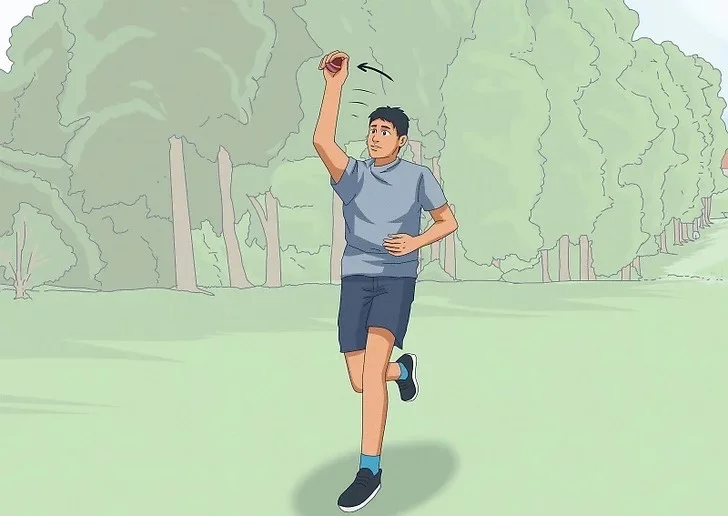
Understanding Fast Bowling
Instead, all fast bowling is speed and accuracy, with deception forming the incidental difference. The primary objective of a fast bowler is to deliver the ball at such great velocities that even a well-placed punch is difficult to execute. Pacers have rise, speed, swing, seam movement, and bounce to trouble the batsman.
The Basics of Fast Bowling
- The grip: It is very important to hold the ball firmly. The seam position is a very common grip for fast bowlers. The hold consists of the index and middle finger placed on either side of the seam with the thumb resting at the bottom. A proper grip-not too light and not too tight.
- Run-up: Your run-up should be very smooth and rhythmical, beginning with a few just comfortable steps and then accelerating up to speed as you approach the crease to facilitate the build-up of momentum for fast deliveries.
- Delivery Stride: As you step into the line of the crease the delivery stride becomes significant. Plant the front foot as firmly as possible and direct it towards the intended target. The back foot has to travel with the body, which should be well balanced at the time of release.
- Bowling Action: Your bowling action becomes magical. An elbow is to be kept straight with a relaxed shoulder. At the time of release of the ball, the position of the wrist can have a lot of effect on the movement of the ball. For the generation of speed, the most important point is the strong and fast release with follow-through.
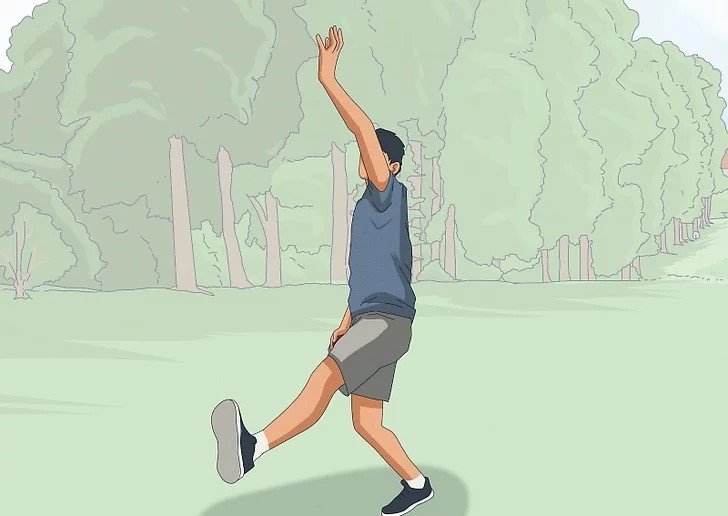
Building Speed and Endurance
Essentials for a fast bowler’s development: speed and endurance. Here are the following tips to help someone become a better bowler:
Fitness Training: This could be general to strength and conditioning activities. Leg strength and core stability are important parameters from an overall fitness perspective. Exercises that include squats, lunges, deadlifts, and plyometric activities can contribute to the development of muscle for a powerful bowling action.
Sprinting: Explosive speed is what every fast bowler needs. Accept sprinting drills into your program. Using short bursts of speed will replicate what is required for your bowling run-up.
Flexibility: Injury prevention requires flexibility. Frequent stretching and mobility exercises keep the body in a full range of motion, thus contributing to a better bowling action.
Practice: This is the most practice. Time in the nets focusing specifically on speed and accuracy. Target practice with specific points can improve control.
Mastering the Craft of Swing Bowling
Swing bowling is that technique which can fasten the whole fabric of progression within any fast bowler. The main concept of swing bowling is to make the ball move in air while it also helps in deceiving batsmen and at last getting their wickets. Well, here is how you’d learn to swing:
Rough and Shiny Side: To make your ball swing, you have to make one side rough by maintaining the other one shiny. The shiny part provides airflow for the ball to swing through air.
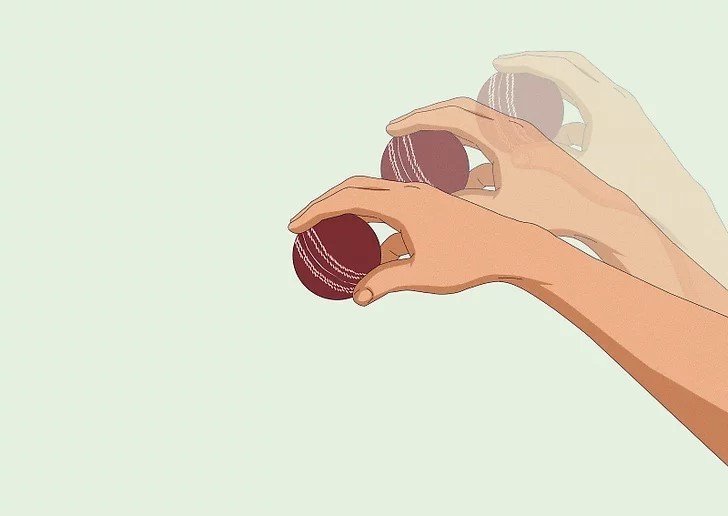
Grip and Position: For conventional swing hold the ball with the seam slightly angled towards first slip, and for reverse swing bowl the ball with the seam pointing straight down.
Angle and Speed: The aspect of swinging the ball is all there in your angles and speed. High-speed bowlers shall hardly be improved in this area while having high chances of attaining reverse swings.
Deception and Variation
Great fast bowlers have that special knack of deception that leaves the batsman befuddled. The ways to achieve this include variation in pace and also perhaps types of delivery: for example:
Yorkers: A Yorker is a ball which pitches at or near the batsman’s feet. This is perhaps the best space within his ability to throw a batsman off timing and cause him to be bowled or LBW.
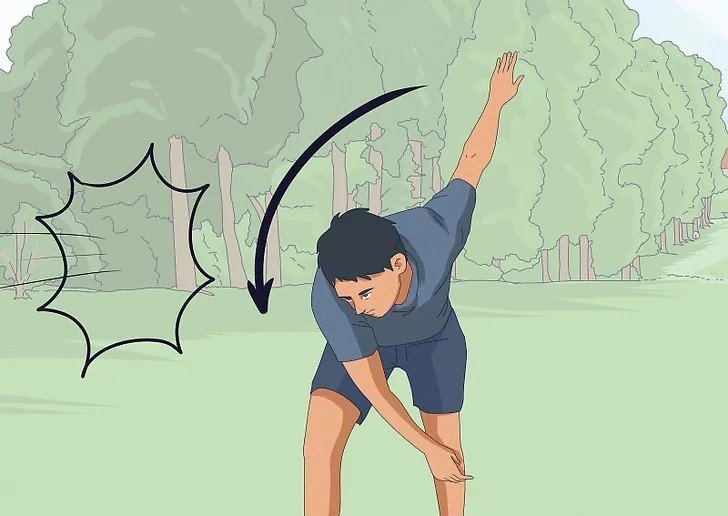
Bounce: This can sometimes send an opponent into a complete spin and make him look silly by being too high for stroke play. You should try to bowl it at the height of the chest.
Longer: Slower deliveries can work best if they are not often used. What you can do with slower balls, fine-tuned in their timing, is catch batsmen off balance and lead to simple catches or even worse mistimed shots.
In-swinging and out-swinging deliveries also add to your bowling repertoire, maintaining the variety. They will keep the batsmen guessing if you spend sufficient time on practice for mastering these variation deliveries.
Mental Aspects of Fast Bowling
It is as much a distant near work as before the over. Find a few tips to turn those wheels in the mental game part of fast bowling:
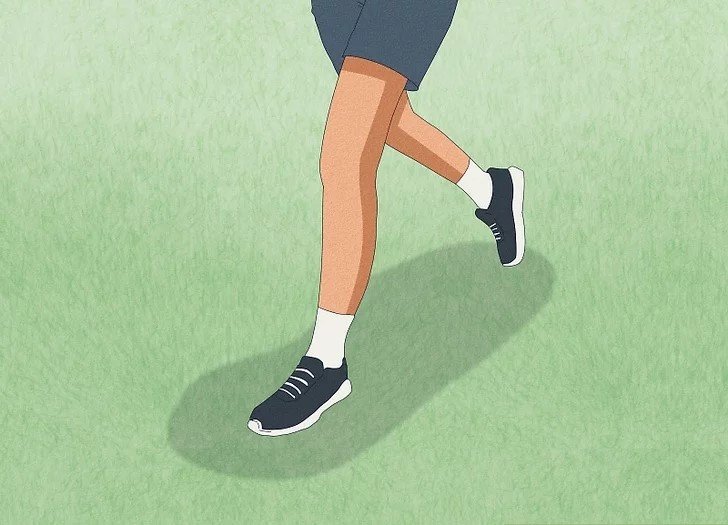
Concentrate: Bowl effectively. Now direct your complete attention on your target and your bowling strategy even when it gets hot in the match.
Confidence: Beyond that, it can be for a fast bowler. Take the faith in your own ability and in what you’ve done to prepare. If all’s well in your mind, chances are you will strike the ball much better with that allocation.
Flexibility: Cricket is an unpredictable game. You should bow a different way, depending on the condition, the pitch, and the batsman you’re facing.
Game Awareness: Keep in constant touch with game conditions. Know the strengths and weaknesses of the batsman and modify your attack accordingly.
Practicing Fast Bowling
Practice is the one way to improve. Here are some drills for fast bowler training.
Target Bowling: Set up targets at various lengths so that you can practice hitting these with absolutely serious accuracy and better control over your deliveries.
Bowling Under Pressure: Practice some of the scenarios with team mates as though it were a game situation.
Video Analysis: Record your bowling sessions and follow them up with videos to identify areas of improvement. Check faults in your run-up, action or follow-through.
Feedback: Ask for constructive feedback from more experienced players o coaches. They can provide insights and tips that may significantly improve personal technique.

Conclusion
It is probably the fastest and most exhilarating form of cricket. An exponent in this game has to be physically and mentally terribly strong. Fast bowling becomes not just a task because it possesses all the technical, physical, variation, and other mental aspects. Acquire all these and make yourself a difficult proposition as a fast bowler. Repeatedly practice an assumption. Excellent fast bowling isn’t done overnight; it takes time and hard work. So tie up your bowling shoes; hit those nets and start working on it!
For those who are beginners or wishing to improve their skills, entrench the passion in pursuing whatever it is that keeps you going. Keep the motivation alive and remember; every great bowler started at the bottom with the basics. With determination and practice, you could become that quick bowler you want to be. Happy bowling!






